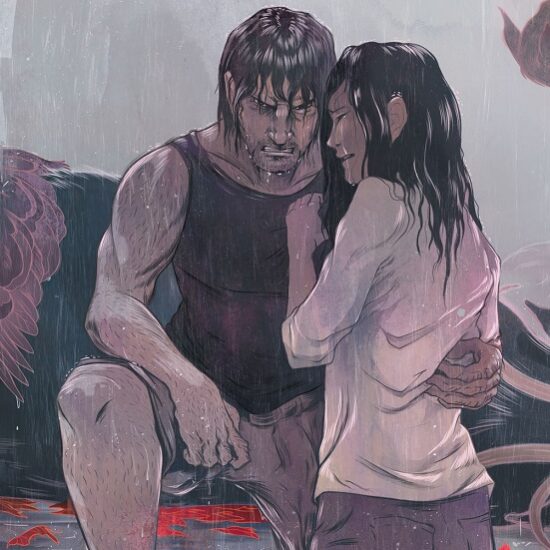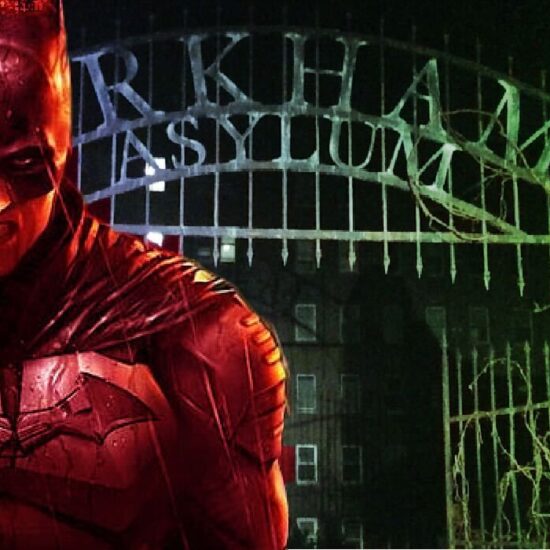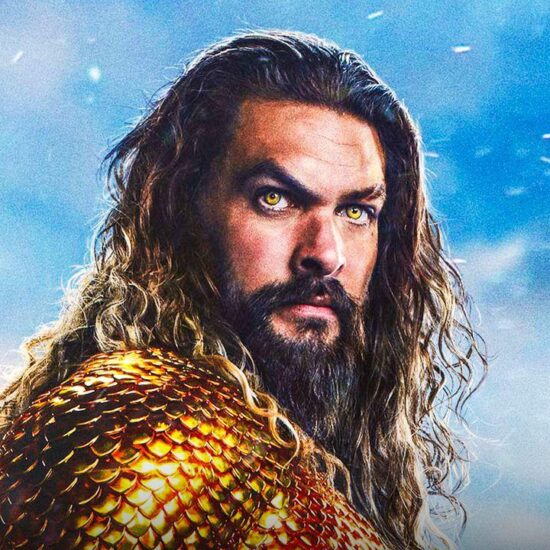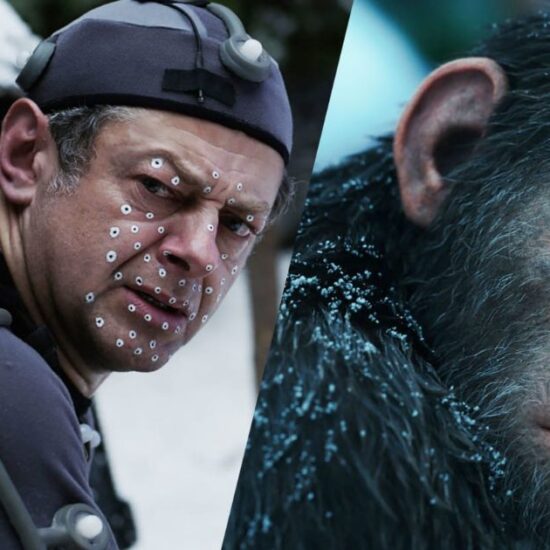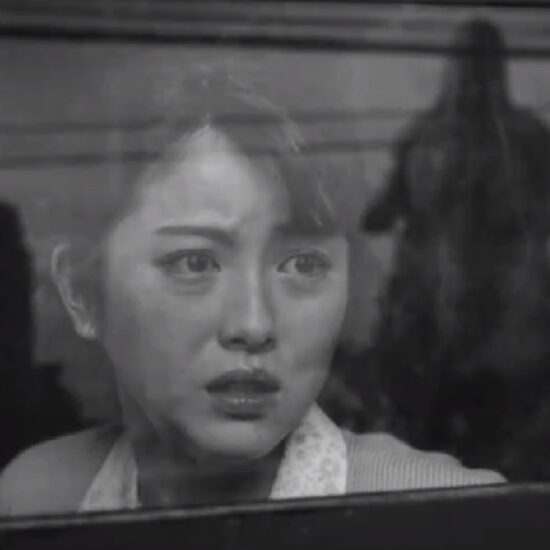
The traditional mascots of Halloween tend to be skeletons, witches, zombies and the like, but also, a handful of very specific horror characters. Namely Dracula, Frankenstein’s Monster, and the Wolf Man. Occasionally we get supporting appearances by the Mummy, Frankenstein’s Bride, and the Creature from the Black Lagoon. We see them in Halloween decorations decade after decade, and on any and all kinds of Halloween merchandise. Now, most of these characters are technically in the public domain, as the trademark on those 19th-century novels they came from has long since expired. But it’s not just any versions of these characters that have become ubiquitous with spooky season. They’re the ones from Universal Pictures, who dominated Hollywood from the 1930s through the early ’50s.
But how did this happen? How did these specific versions of certain monsters become icons of a whole season? After all, most people under the age of 50 have never even seen those Universal Monsters movies. At least, not beyond clips used in other media. Even modern-day kids, for whom these films might as well be as old as the pyramids, know who these specific character archetypes are. Many still dress like them each Halloween. Ultimately, the story of how the Universal Monsters became synonymous with Halloween is about the power of the Hollywood dream machine, and how movies can create icons that transcend the big screen and enter the pop culture fabric. Decades after their supposed expiration date.
The Universal Monsters Become Hollywood’s First Big Franchise
The Universal Monsters as we know them launched in 1931, with the release of Dracula and Frankenstein. Both films were based on already celebrated novels, and had prior silent adaptations. But these versions were instant blockbusters, and the double whammy of Dracula and Frankenstein‘s massive success helped save Universal Studios financially that year. However, both versions deviated from their book incarnations. Dracula wearing a tuxedo and cape like a dapper gentleman? That was an invention of the 1924 stage play, popularized on screen by Bela Lugosi. Frankenstein’s iconic, lumbering look, with the flattop head and the bolts coming out of actor Boris Karloff’s neck? That was certainly not how Mary Shelley described him. No, that was the invention of makeup artist Jack Pierce. Once millions of moviegoers saw those versions, however, they imprinted on the mass consciousness. They became the definitive versions of Dracula and Frankenstein.

As many know now, Universal Pictures launched a whole universe of monster sequels coming from these films. There was The Mummy, The Bride of Frankenstein, and eventually The Wolf Man. Starring Lon Chaney Jr., The Wolf Man was not based on any one werewolf story. But the idea of a werewolf, half-man/half-wolf hybrid who walks on two legs, was also Universal Pictures’ invention. By 1948, and after endless crossovers and sequels, the monster well had run dry. Dracula and Frankenstein had become parodies, mocked in comedic films like Universal’s own Abbott and Costello Meet Frankenstein. That might have been the end of them, were it not for the advent of television in the 1950s. Combined with a post-war suburban surge in trick or treating, this confluence of events would keep these versions of the classic monsters cemented in the public consciousness for all time. And forever linked to Halloween night.
The Monster Craze of the ’50s, ’60s, and ’70s

These new television stations needed content. Lots of it. In 1957, those old Universal horror classics were sold as a package, and started to be rerun late at night, primarily on shows like Shock Theater. Baby Boomer kids became obsessed with the classic monsters, which their parents now discarded as silly camp. To them, they weren’t necessarily scary, they were cool, outsider figures to admire. This led to magazines celebrating those old movie boogeymen, like Famous Monsters of Filmland the very next year, and a ton of merchandise. Specifically, Halloween costumes. The chief producers of cheap, vinyl Halloween costumes from the ’50s through the mid-80s were Ben Cooper (pictured below) and Collegeville. They did their off-brand version of the Universal Monsters, and Frankenstein became their biggest seller. Suburban streets were flooded with pint-sized versions of the Universal Monsters on October 31, owning the night.

During this time, tons of other companies, like Dennison and even Hallmark, who produced Halloween merchandise used the images of the Universal Monsters, now beloved by American kids. However, not all had the official Universal license. In fact, most didn’t. But those other companies found a way to skirt around such pesky legalities. Their Frankenstein might be pale orange instead of green. Their Dracula might have more exaggerated features, so as to not be confused with Bela Lugosi. But everyone knew; these versions were the same monsters from those old movies. Changing little details was enough to not get sued by Universal, but every kid knew exactly who they were. And because they managed to do a dance around trademarks, they were used to sell everything from Colgate shampoo to Fritos chips, especially at Halloween. Off-brand or not, the Universal Monsters became the unofficial ambassadors of the holiday.

The Universal Monsters Become Rock Stars, Sell Cereal, and Star in Cartoons

The early ‘60s was when the “Monster Craze” peaked. During this time, model kits were all the rage so Aurora Plastics sold thousands of models of Dracula, Frankenstein, the Wolfman, and the Mummy. These began in 1962, and they sold so briskly that the plant where they were made had to run overtime to keep up with demand. The same year, a novelty single cashed in on the fad, Bobby “Boris” Pickett’s “ The Monster Mash.” Frankenstein, Dracula, and the Wolf Man all got a namecheck. The song became a Halloween season staple, and has remained so for 60 years. The creatures that terrorized the Greatest Generation were now the cuddly Halloween season icons of their children. Just as Santa and his elves became the mascots of Christmas, versions of Universal’s monsters were now the same for Halloween.

The apex of this fad was the release of The Munsters on TV in 1964. In a Universal-produced show, Herman Munster’s makeup could legally look like the one made famous by Karloff. But it further ingrained the idea of these monsters as almost cuddly friends to kids, and representative of all things Halloween. They’d continue to become kid-friendly going into the ‘70s, and non-official versions turned into wholesome entertainment, with animated shows like The Groovie Ghoulies, the Count on Sesame Street, and the Monster cereals like Count Chocula and Franken Berry.

There was even Drac Pack, a cartoon that reinvented the classic monsters as teenage superheroes. And, of course, Scooby-Doo had fun doing their own versions of the Universal Monsters, although there was always some boring old man under the mask. Halloween was mainly a kid’s holiday, so naturally, the monsters kids like the most ruled it. Although this trend slowed down after the ’70, it reached all the way into the ’80s, with all the Universal Monsters together (again, off-brand) fighting Goonies-style kids in The Monster Squad. That film, of course, became a Halloween night tradition.
Why the Classic Monsters Will Always Rule Halloween
This trend of paying homage (but also defanging) these icons continues all the way to the modern day, with franchises like Hotel Transylvania. All of these versions of the Universal Monsters are tweaked ever so slightly, as to avoid copyright infringement. However, it’s unmistakable who they are to anyone who knows. Collectively, all these knock-offs have kept the Universal Monsters alive in the minds of one generation after the next. Audiences would take seriously characters like Dracula on film, but in every instance, they’d have to ditch the old Universal trappings to become scary once more. Sure, these days, modern horror icons are just as ubiquitous with the season. But no others really embody Halloween night like the originals. As these classic Universal versions slowly became the domain of young kids, they became the domain of the Halloween season itself. And we don’t foresee that changing anytime soon.










